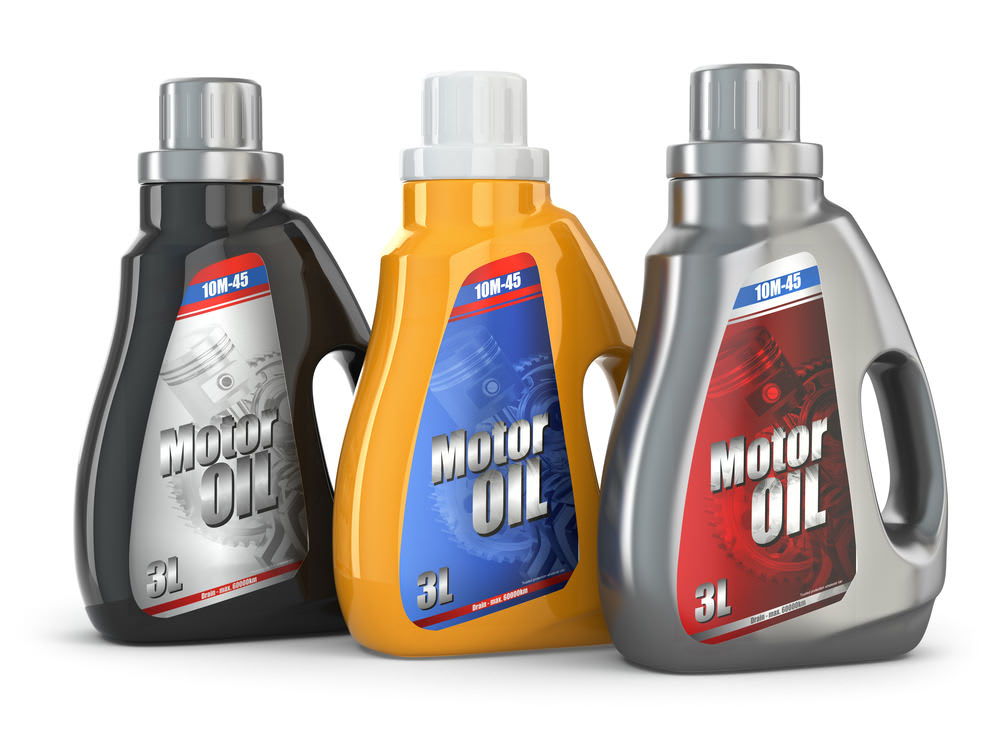

The API designation in motor oil stands for the American Petroleum Institute. The API is the largest oil and gas industry trade organization. Among its many tasks, the API distributes more than 200,000 copies of its technical documents every year. These documents discuss the technical standards and requirements needed to achieve the standards.
API’s outreach covers not only the oil and gas industry, but also any industry that has an impact on the petroleum interests. Therefore, the API maintains such diverse categories as API standard on precision thread gauges, compression-ignited engines (diesel) and oil.
API’s oil classification system
Among API’s many standards is a system which ensures that oil provides uniform engine protection. Called the SN classification system and approved in 2010, it supersedes the older SM system. The SN system provides for:
• Better high-temperature piston protection • Improved oil sludging control • Improved compatibility for seals and oil aftertreatments (detergents)
To fully meet compliance with the SN standard, the oil must also provide better:
• Automotive emission systems protection • Automotive turbocharging system protection • Compliance with ethanol-based fuels
If an oil product meets all of these goals, it is considered to be SN-compliant and gains API approval. For consumers, it means that the oil is affordable, efficient, meets all applicable federal and state rules, protects the environment, and meets all safety standards. It is quite an aggressive agenda.
API seal of approval
When oil is approved as SN-compliant, it receives the equivalent of the API seal. Called the API donut, it looks like a donut as it identifies the standards that the oil meets. In the center of the donut, you find the SAE rating. In order to be approved for full compliance, the oil must be fully compliant with SAE oil viscosity standards. If an oil product is SAE (Society of Automotive Engineers) compliant, it receives the proper viscosity rating. Therefore, an oil that has been approved as an SAE 5W-30 oil will show that approval in the center of the API donut. The legend in the center will read SAE 10W-30.
You find the type of automotive product in the outer ring of the API donut. Indeed, that is the beauty of the API system. Using one mark of approval you find out more information. In this case, the outer ring of the API donut carries information about the type of vehicle and the model year of the vehicle.
The vehicle identifier is either an S or a C. The S means the product is made for a gasoline-powered car. The C means the product is made for a diesel-powered vehicle. This appears on the left-hand side of the two-letter identifier. On the right-hand side, you find the model year or model era designation. The current model designation is N. So, an oil product that has won API-compliance carries the identifier SN for a current gasoline-powered vehicle and CN for a current diesel-powered vehicle.
Please note that the new overall standard is called the SN standard. Designed in 2010, the new standard applies to vehicles made since 2010.
Importance of API compliance
Like SAE standard compliance, compliance with API standards gives consumers an extra level of confidence that an oil product meets a certain level of standardization. That standardization means that if a product is labeled 10W-30, then it meets the viscosity standards over a wide range of temperature conditions. Indeed, this oil will act like a 30-weight oil, providing this level of protection from about minus-35 to about 212-degrees. The API standard tells you whether the product is for a gasoline or a diesel engine. Finally, this standard tells you that the oil product is the same in New York, Los Angeles, Miami or Charlotte.



